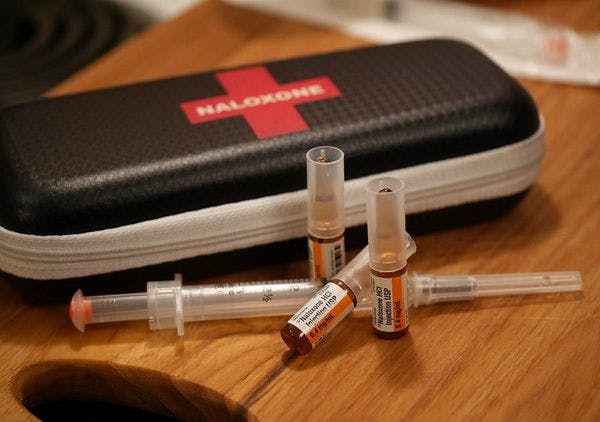Jeff Anderson - Flickr - CC BY 2.0 DEED
US: We have treatments for opioid addiction that work. So why is the problem getting worse?
Cutting-edge treatments don’t mean much if patients can’t access them
The logistical and ideological obstacles to treatment are, of course, tied to the kinds of people who bear the brunt of the epidemic — those who exist, in one way or another, on the margins of society. Addiction is one of a cluster of interconnected crises unfolding across the country: homelessness, poverty, mental illness, untreated trauma, an epidemic of loneliness. Opioid overdoses spiked in 2020 during the onslaught of Covid-19, in part because people were isolated from each other as well as from treatment. Racism plays a major role in limiting access to treatment, too, as does mass incarceration. There’s a shortage of addiction care providers, particularly in rural America, where the scarcity of basic primary care for all types of patients is increasingly dire.
Until recently, nearly 60 percent of rural people lived in counties without a single doctor authorized to prescribe buprenorphine. (That changed last year, after a law requiring providers to obtain a special waiver to dispense the medication was eliminated.) In Madison, Wisconsin, where Elizabeth Salisbury-Afshar practices addiction medicine, it’s not unusual for patients to travel one or two hours each way to her clinic “for an appointment that’s maybe 30 minutes long,” she says. “It’s a full-day endeavor. But folks don’t have another choice.”
In rural areas, Salisbury-Ashfar said, many of the primary care doctors who would be the first line of addiction treatment are too overwhelmed to provide it. “The providers that we have, we’re just trying not to burn them out, because we are short-staffed on every front,” she said. “We would love to have enough primary care docs to be doing this, but primary care docs can’t keep up with primary care.”
It’s not enough to have a breakthrough treatment like MAT if the people who need it can’t get it — or can’t stay in it. Among the “compounding mistakes and failures” that led to the current crisis is the fact that “our health care system is not set up well to accommodate people who are vulnerable or marginalized,” a group that includes most of those with addiction, said Joudrey, the Pittsburgh addiction doctor. “In the United States, we’ve become so focused on innovation and looking for technological solutions, we can end up neglecting the sociological and economic contributors of the overdose epidemic.”
